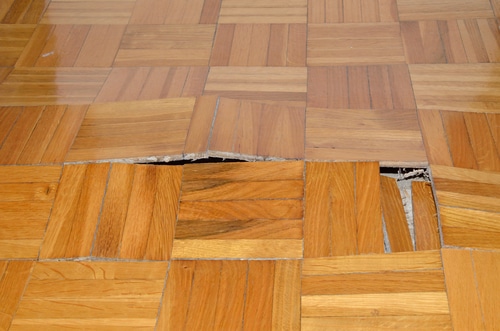We have stumbled on the article about Top leak detection hacks down the page on the web and decided it made perfect sense to discuss it with you in this article.

The minute you discover a leakage, calling your plumber for repair services is the very best remedy. Nevertheless, some little water leakages might not be visible. If you can not identify it with your naked eyes, below are some hacks that help.
Early detection of dripping water lines can alleviate a prospective calamity. In addition to conserving you money, it will decrease the aggravation as well as frustration.
Inspect Water Intake
If you spot sudden adjustments, regardless of your intake being the same, it suggests that you have leakages in your plumbing system. A sudden spike in your expense shows a fast-moving leakage.
A steady rise every month, even with the exact same behaviors, reveals you have a slow-moving leak that's likewise gradually intensifying. Call a plumber to completely examine your property, specifically if you feel a warm area on your flooring with piping beneath.
Assess the circumstance as well as check
Home owners need to make it a behavior to check under the sink counters as well as even inside closets for any bad odor or mold development. These two warnings suggest a leakage so punctual attention is needed. Doing routine assessments, also bi-annually, can conserve you from a significant problem.
Take A Look At the Water Meter
Every home has a water meter. Inspecting it is a proven manner in which assists you uncover leakages. For starters, switch off all the water sources. Make certain no one will purge, make use of the tap, shower, run the cleaning equipment or dishwasher. From there, go to the meter and watch if it will certainly alter. Given that no one is utilizing it, there should be no movements. That shows a fast-moving leak if it relocates. If you detect no adjustments, wait an hour or 2 as well as examine back once again. This suggests you may have a slow-moving leak that might also be below ground.
Asses Exterior Lines
Do not forget to examine your outside water lines too. Should water seep out of the link, you have a loose rubber gasket. One tiny leak can waste lots of water and also increase your water bill.
Do a Food Coloring Examination
When it comes to water consumption, 30% comes from toilets. If the shade in some way infiltrates your dish during that time without flushing, there's a leakage between the tank and bowl.
If you know your house is currently old, maintain a watchful eye on your heating units, tubes, pipes and so on. Check for discolorations as well as compromising as most devices as well as pipelines have a life span. They will also normally degrade due to damage. Do not wait for it to rise if you believe dripping water lines in your plumbing system. Call a specialist plumber right now so you do not wind up with a horrible mess in your home.
The minute you locate a leak, calling your plumber for repair work is the finest option. Some small water leaks may not be noticeable. Inspecting it is a proven means that aids you uncover leakages. One small leak can squander tons of water and increase your water costs.
If you presume dripping water lines in your plumbing system, do not wait for it to intensify.
WARNING SIGNS OF WATER LEAKAGE BEHIND THE WALL
PERSISTENT MUSTY ODORS
As water slowly drips from a leaky pipe inside the wall, flooring and sheetrock stay damp and develop an odor similar to wet cardboard. It generates a musty smell that can help you find hidden leaks.
MOLD IN UNUSUAL AREAS
Mold usually grows in wet areas like kitchens, baths and laundry rooms. If you spot the stuff on walls or baseboards in other rooms of the house, it’s a good indicator of undetected water leaks.
STAINS THAT GROW
When mold thrives around a leaky pipe, it sometimes takes hold on the inside surface of the affected wall. A growing stain on otherwise clean sheetrock is often your sign of a hidden plumbing problem.
PEELING OR BUBBLING WALLPAPER / PAINT
This clue is easy to miss in rooms that don’t get much use. When you see wallpaper separating along seams or paint bubbling or flaking off the wall, blame sheetrock that stays wet because of an undetected leak.
BUCKLED CEILINGS AND STAINED FLOORS
If ceilings or floors in bathrooms, kitchens or laundry areas develop structural problems, don’t rule out constant damp inside the walls. Wet sheetrock can affect adjacent framing, flooring and ceilings.
https://www.servicemasterbyzaba.com/blog/how-to-detect-water-leakage-in-walls/

As a person who reads about Leaking water lines, I thought sharing that piece of content was valuable. Are you aware of anybody else who is interested in the niche? Do not hesitate to promote it. Many thanks for your time. Kindly check up our website back soon.